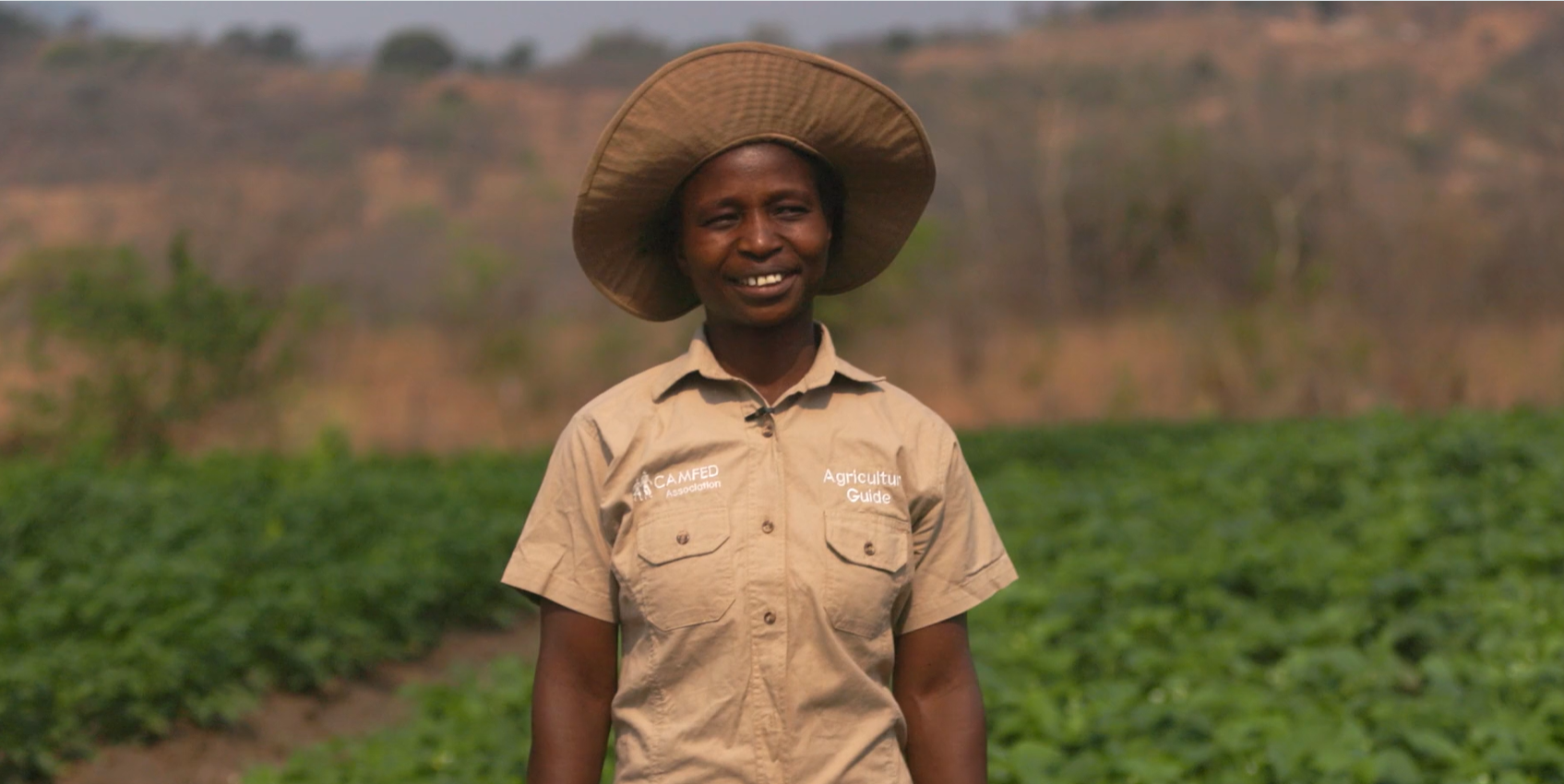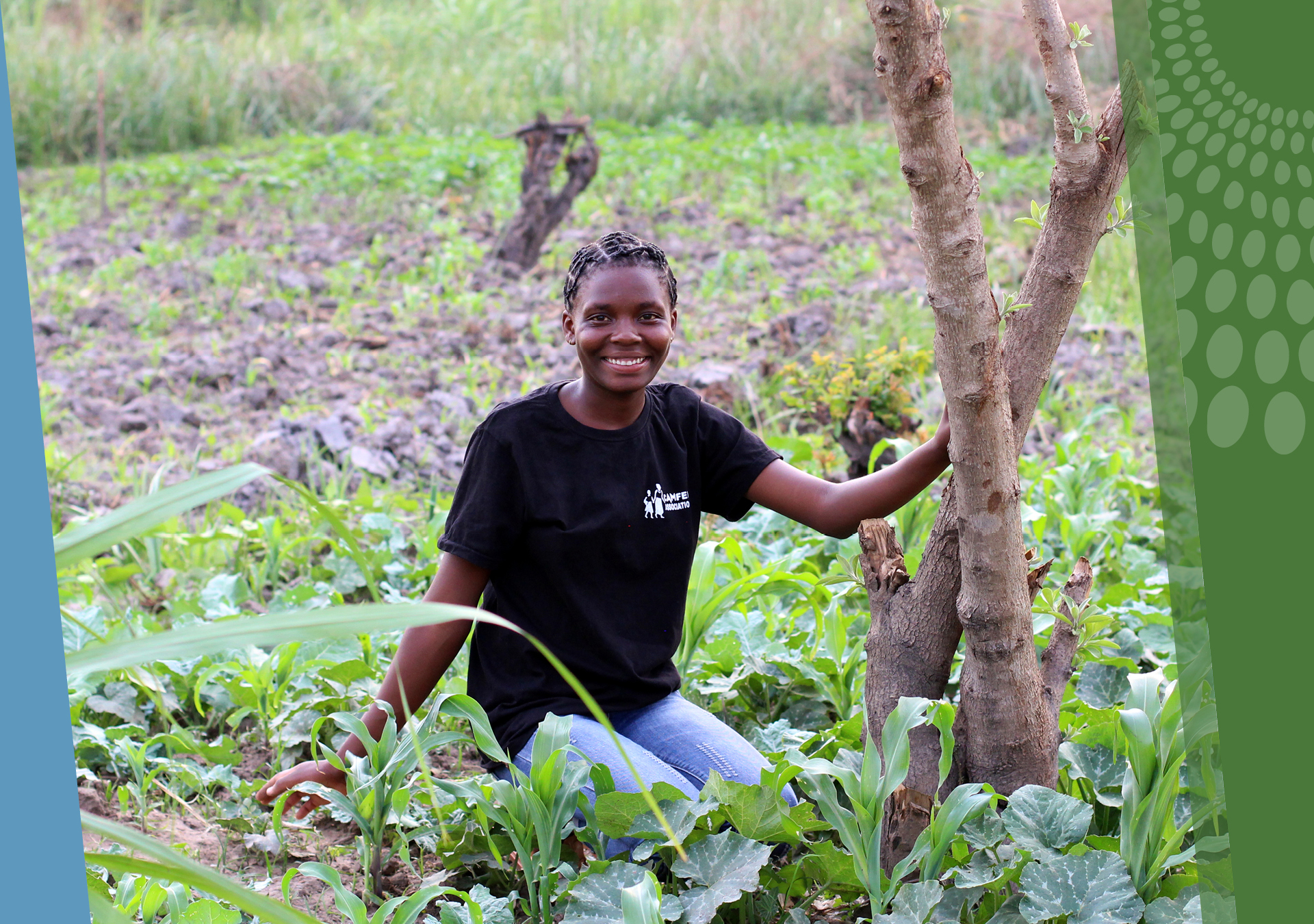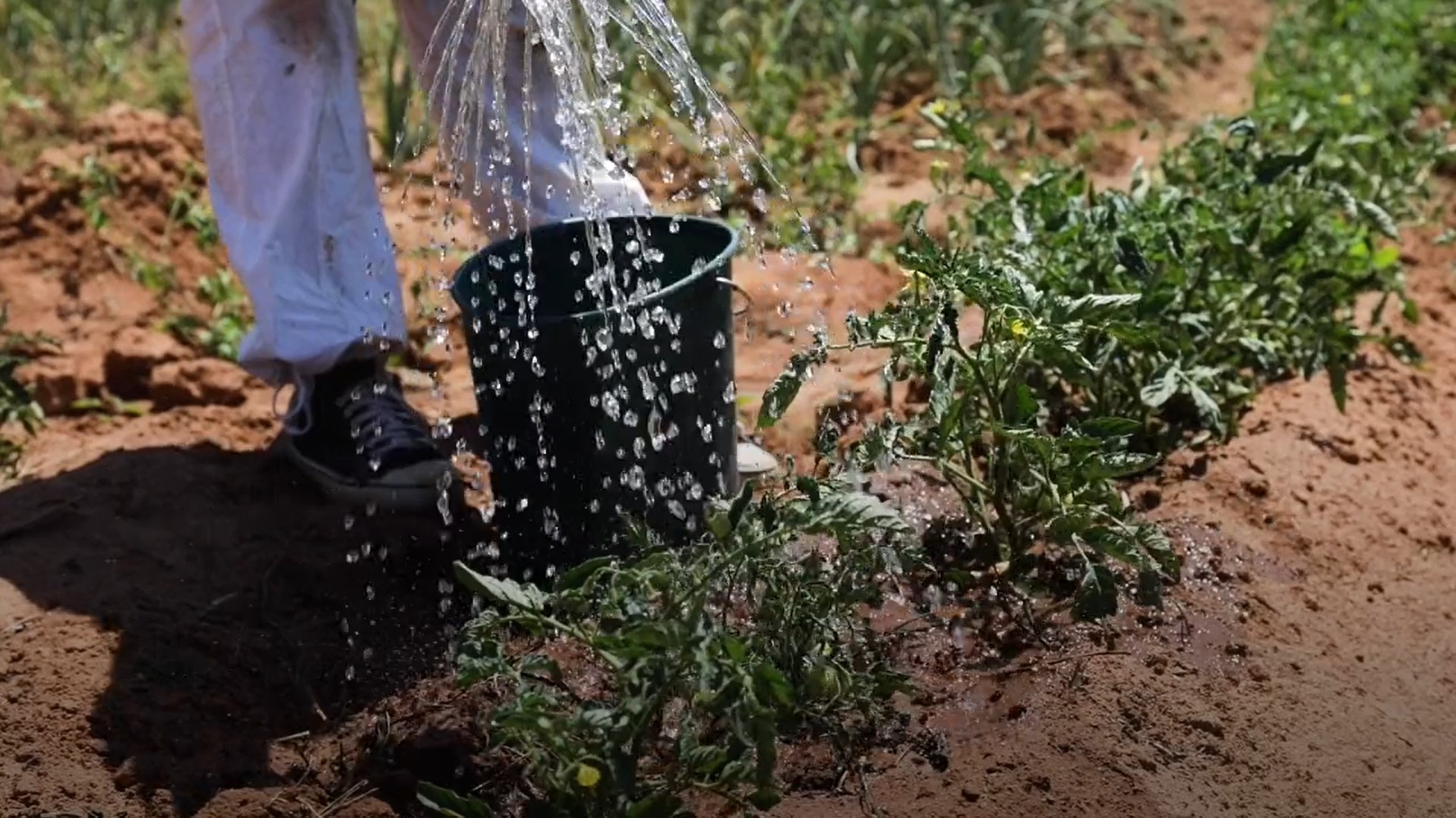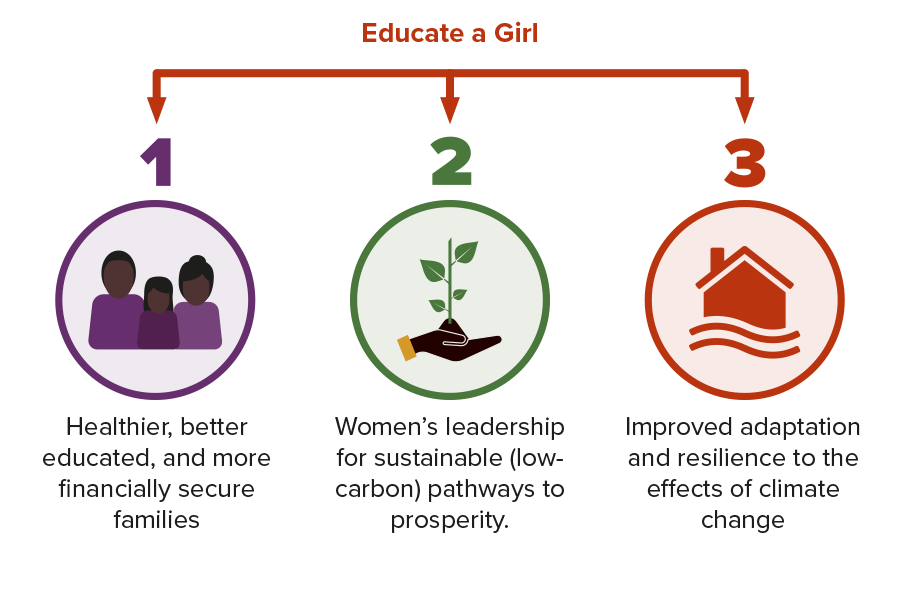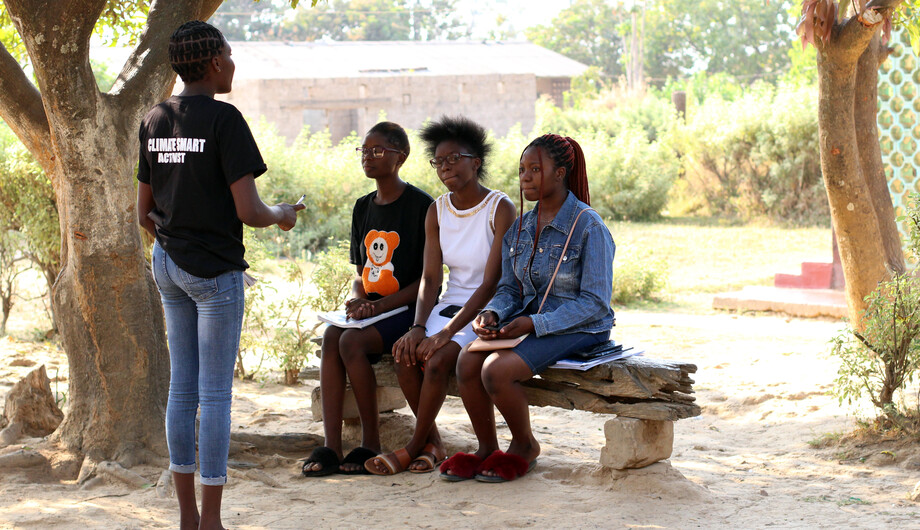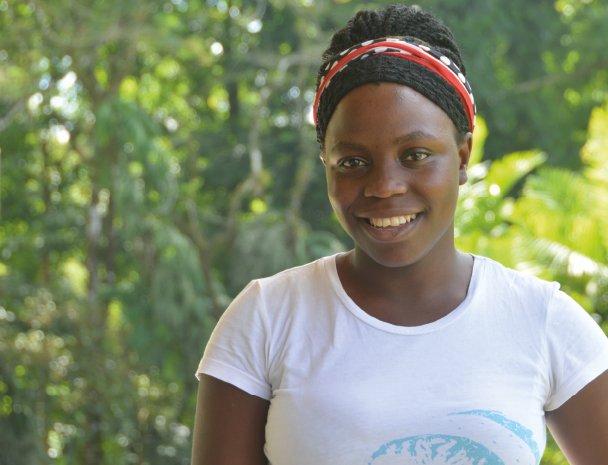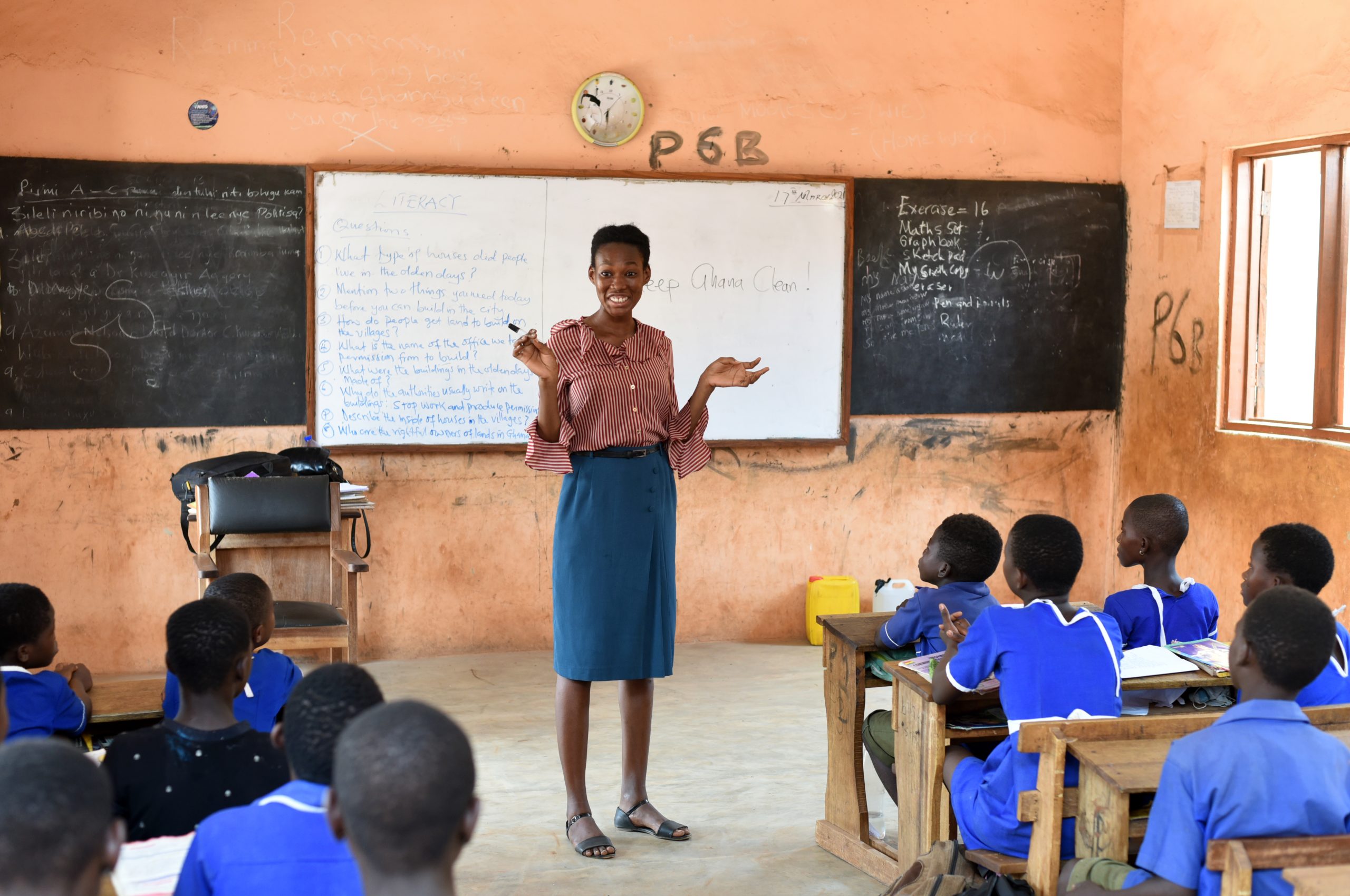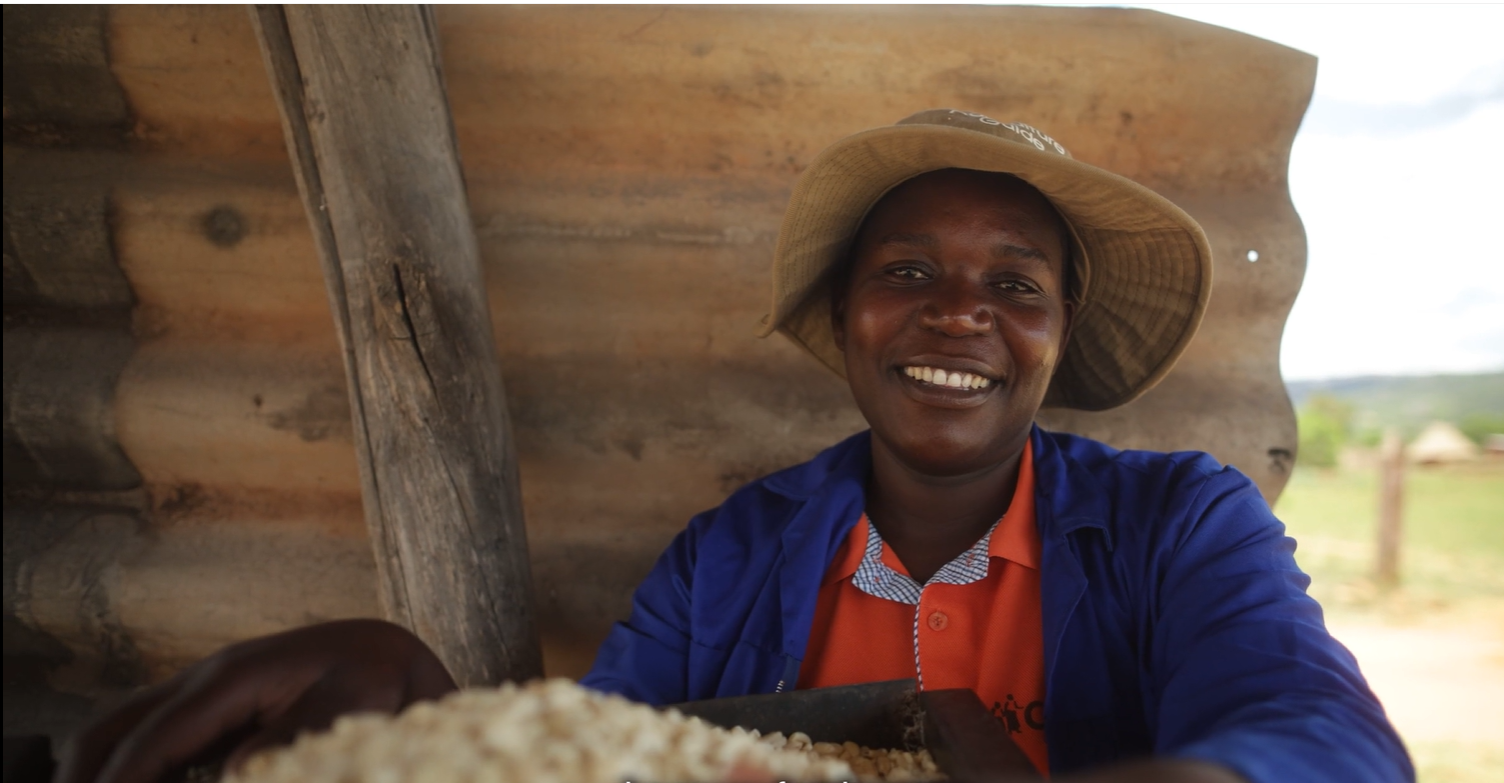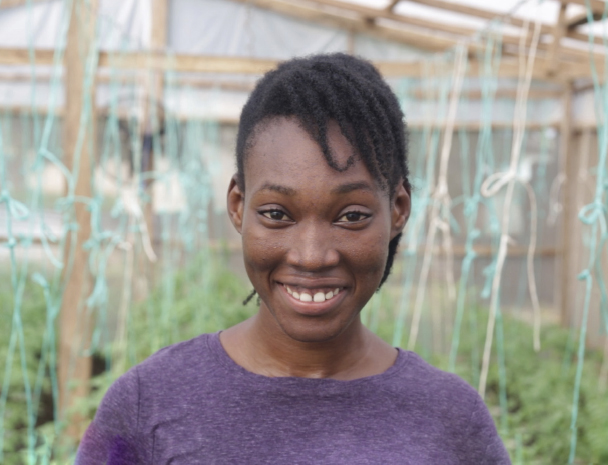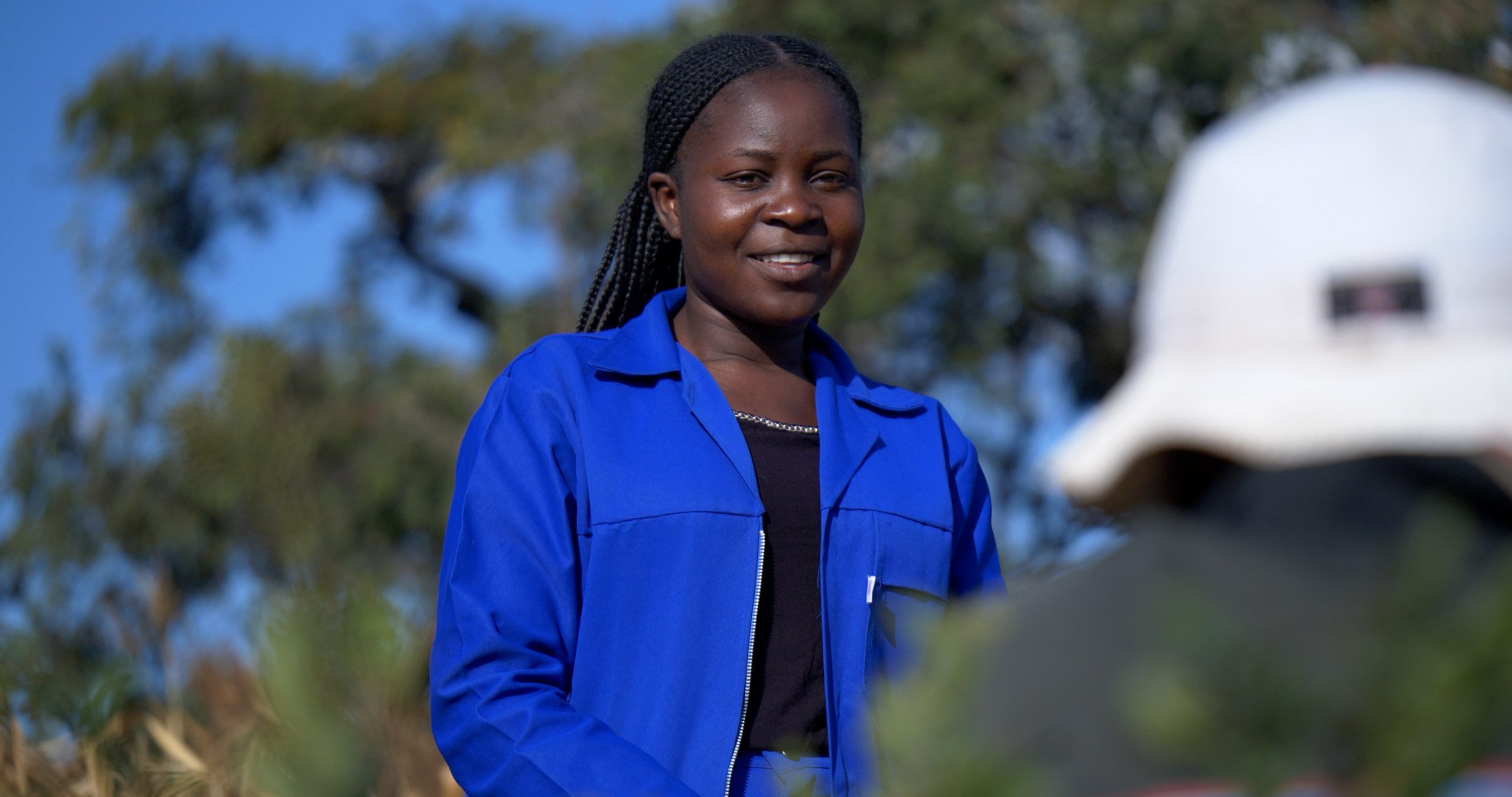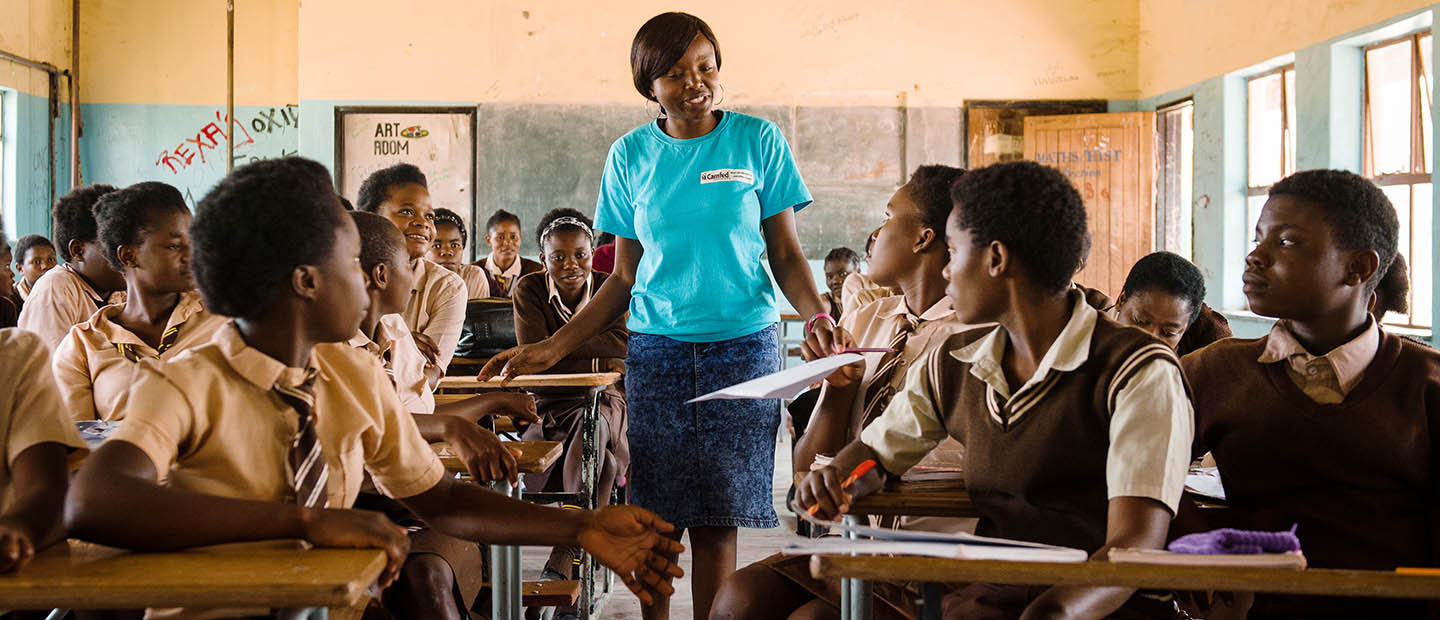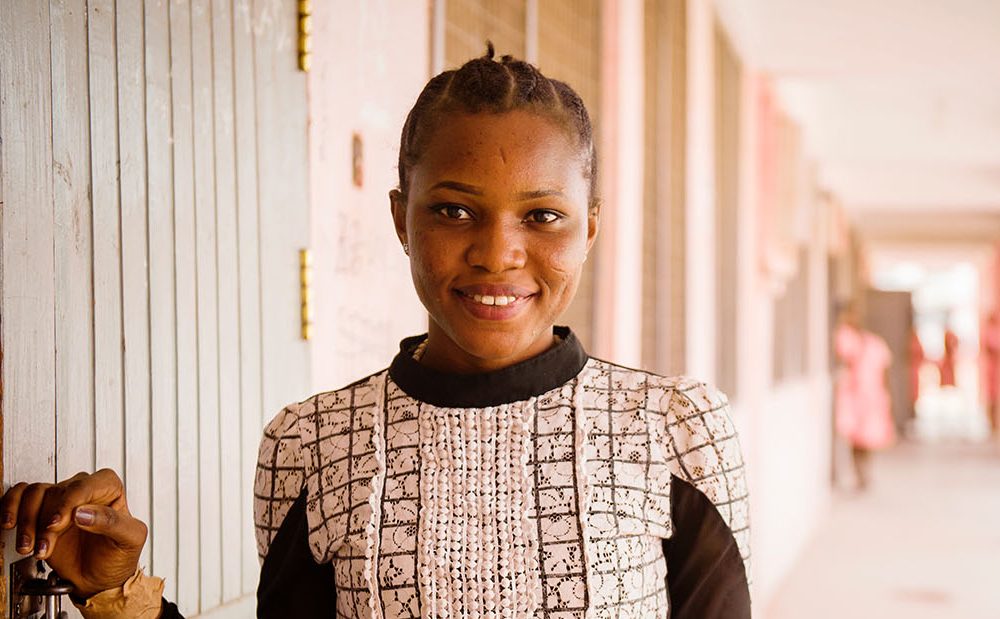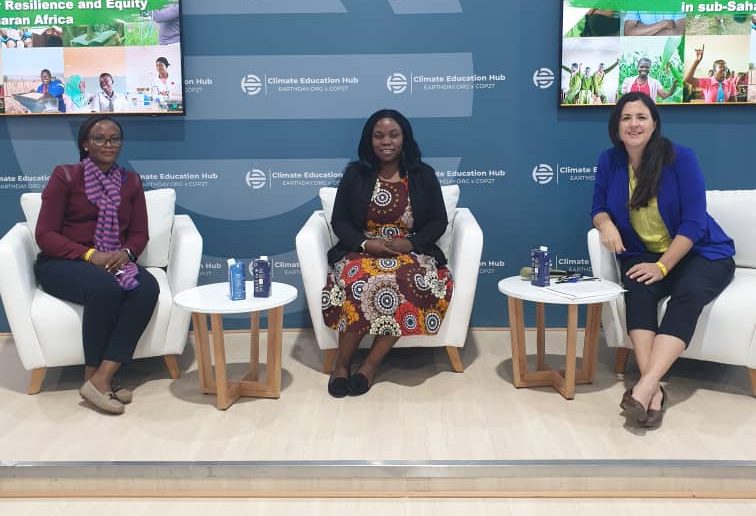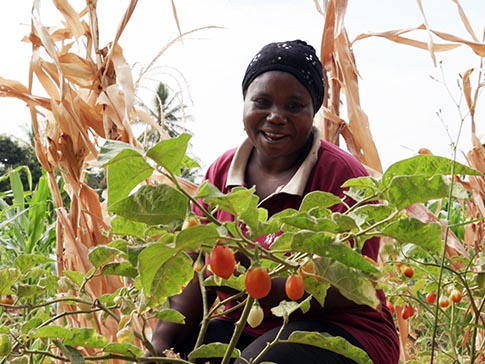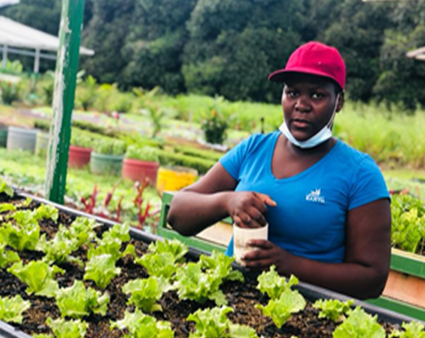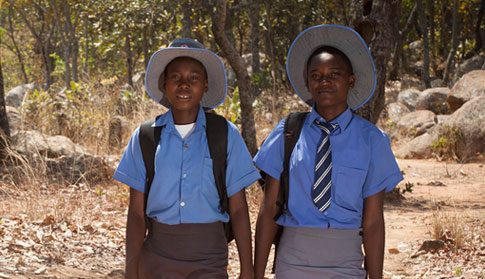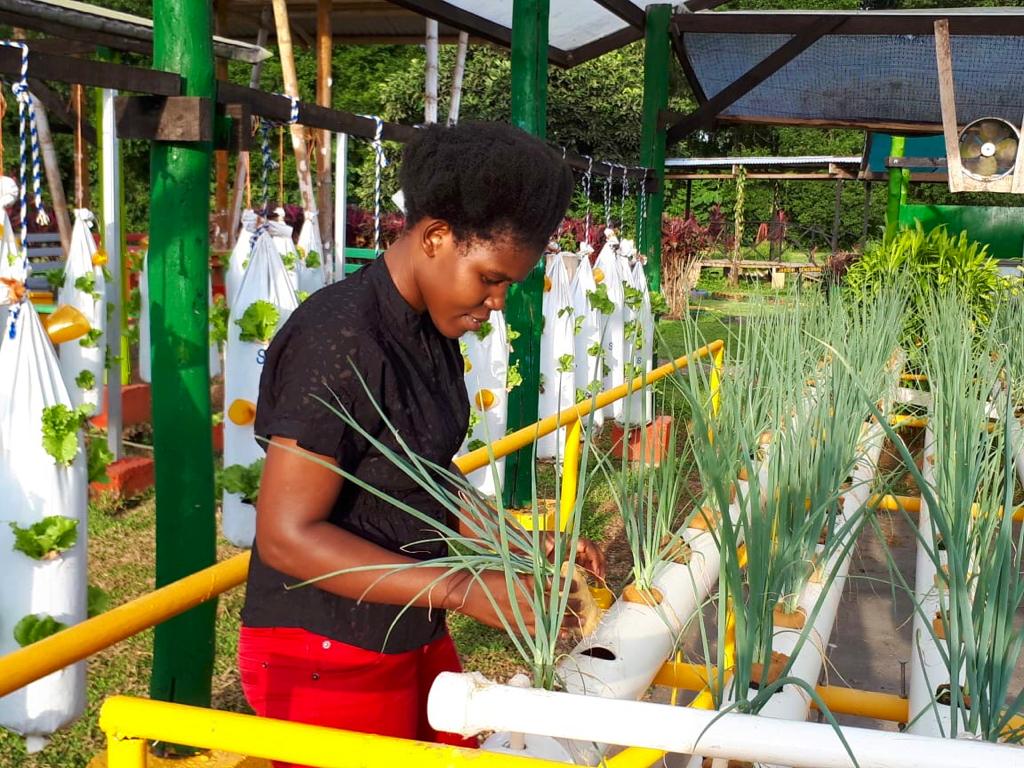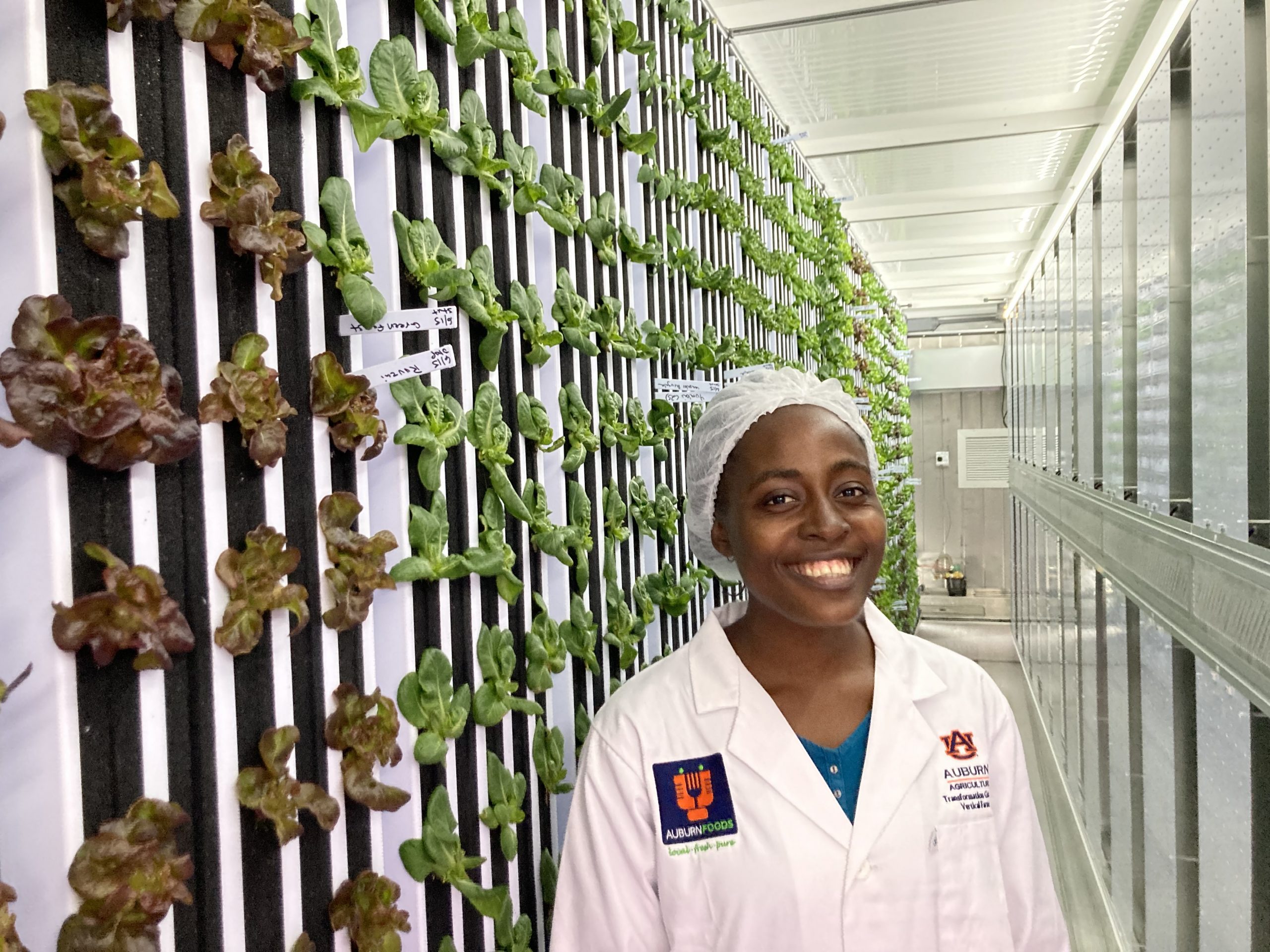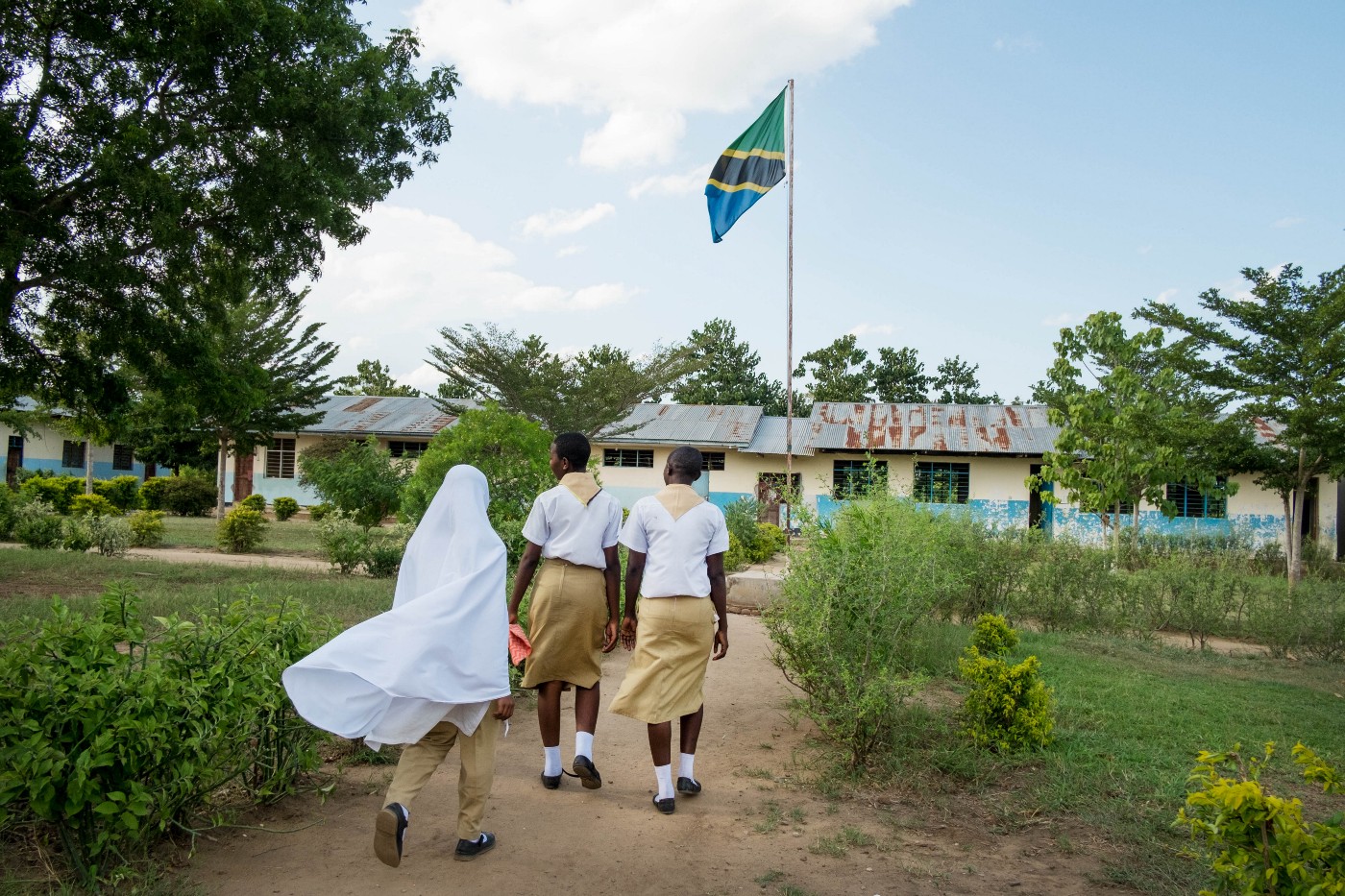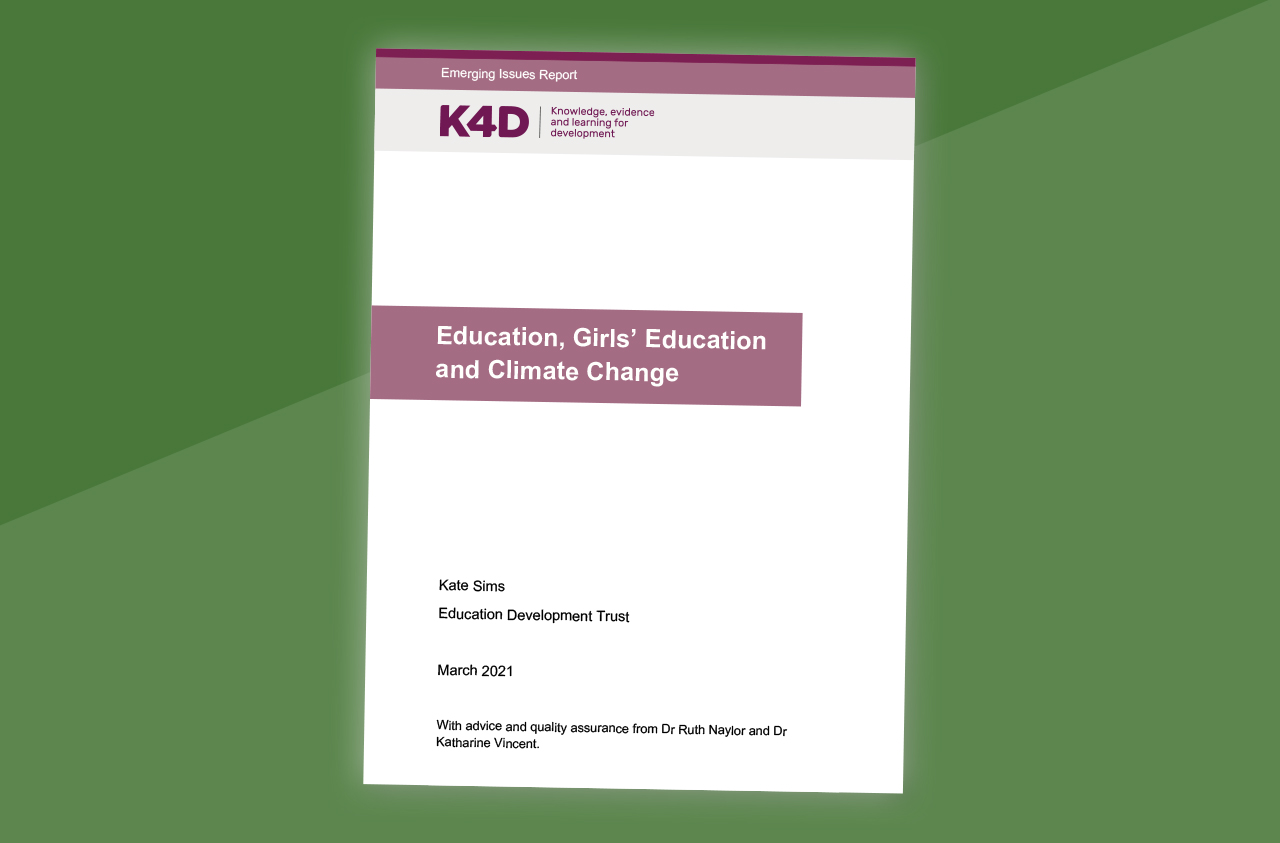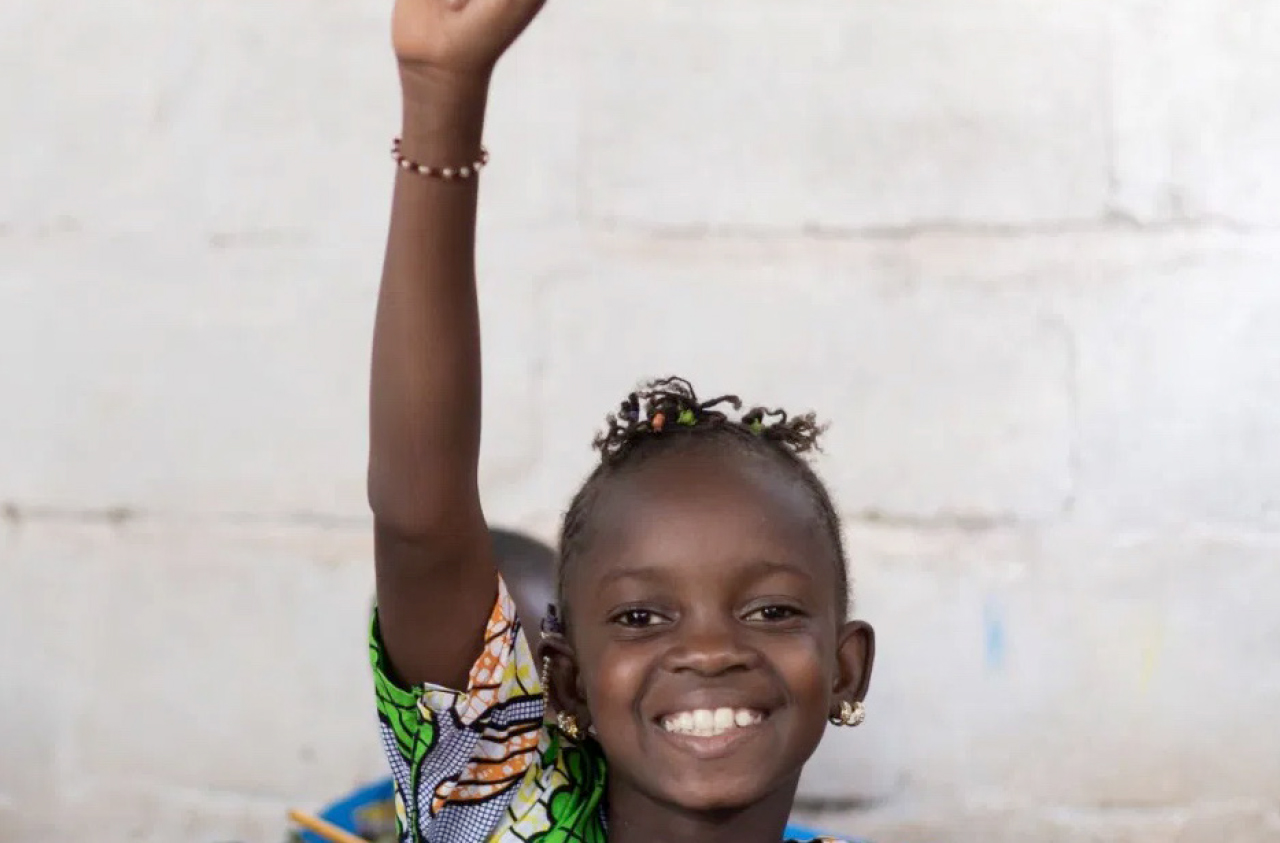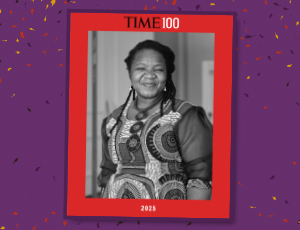How climate change pushes girls out of school
Recent climate disasters faced by our clients include an unprecedented drought, affecting much of Southern Africa and triggered by the El Niño weather phenomenon, as well as Cyclones Chido, Idai, Chalane, Eloise and Freddy.
The result is food insecurity and hunger. When families don’t have the resources to feed their children, there is no money for school fees and supplies. As droughts persist, girls also have to walk ever longer distances to fetch water and firewood, meaning they have even less time and opportunity to go to school or study.

Extreme weather also causes damage to roads, schools and infrastructure, disrupting learning. Children’s ability to concentrate in class and pass exams is further compromised by emotional trauma, as well as the physical ramifications of malnutrition.
Girls are the first to be withdrawn from school to help in the household and earn an income. Often, they are pushed into early marriage as a coping strategy, when families see no other choice. This increases girls’ risk of gender-based violence, early childbirth and serious health complications. It also spells the end of their education.
Research shows that girls and women excluded from education are more likely to suffer injury or death in climate-disasters; and for women farming or running rural businesses, the effects of climate change are layered on top of the existing resource and productivity gaps that they face.
